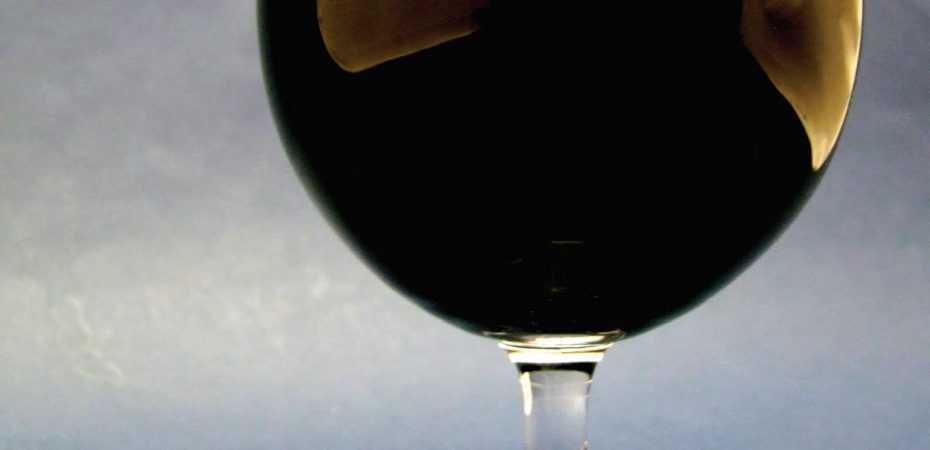Beer. It’s simple isn’t it? Malted barley, hops, water and yeast. Simple. However, brewers of all shapes and sizes tinker with their recipes, add extra ingredients in the hope of stretching the spectrum of their beer’s flavour or maybe add something that helps to either clarify or preserve the beer (or just to save money). That’s why we often call brewing an art, it’s a bit like Damian Hirst wondering what would happen if he put a dead shark in a tank full of formaldehyde (talking of which…).
Here’s a purely personal list of the good, the bad and the downright ugly that has gone into the beer glass.
THE GOOD
Organic barley
Organic barley avoids pesticides and fertilisers and it’s good for wildlife and the environment; a beer made with it rewards the drinker and brewer with a warm glow of ecological contentment. In an ideal world all of beer’s raw materials would be organic, but we’re still in a recession and the UK’s organic beer market only showed an increase of 1.4 per cent in 2012.
Hops
If a glass of beer were a rock song then hops would be the riffs that motor it along. The craft brewing revolution has seen the humble hop take centre stage with a vibrant ensemble of bright aromas and flavours strutting their stuff Jagger-like across the palate while Keith Richards riffs up a scorching bitterness.
Chocolate
Most of us like chocolate, whether it’s the gooey affirmation of childhood that a sweetshop bar brings or something more grownup. We like it in beer too: chocolate nibs added to dark beers give a luscious, luxurious and extra sensual quality. Chocolate malt can do the same job, though you wouldn’t want a spoonful of it with your morning muesli.
Coffee beans
Some end of the night beers such as imperial stouts and porters perversely contain coffee beans, making for the possibility of a disturbed rest. On the other hand, something like Mikkeller’s Breakfast Beer Geek is a sumptuous oatmeal stout with up to 60 pots of coffee in the boil and definitely one for brunch. Mikkeller also makes a variant of Geek using beans that have passed through a civet’s gut; this might just put it on the bad list, except it tastes rather good.
Brettanomyces
Yeast is the beast especially if it’s Brettanomyces (translated as ‘British yeast’). This is the culture that gives what geeks call ‘funkiness’ to American beers (think tart, sourish, grapefruit, raspy notes) and enables lambic to have such a distinctive, complex character. In the 1800s, aged stock ale from British breweries would have been well-Bretted.
Time
To go all metaphysical, time is an essential ingredient in making a great lager (as well as stouts and porters aged in wood). Time enables a lager to settle, allows the flavours of the raw materials to emerge and smooths out any rough edges.
Spice rack
Go to many a Belgian brewhouse (and in fact to a growing number of global craft breweries) and you’ll see a shelf full of spices and herbs such as dried orange peel, coriander seed, grains of paradise and powdered ginger. All help to add piquant aromatic notes and spicy savour to the beer. In Ghent the Gruut brewpub’s ‘Gruit’ beers are flavoured with spices and herbs instead of hops, while the delicious Gose beers of Leipzig have salt in the mix.
Cherry ripe
Cherries are famously used in Belgian beers, especially in the lambics of Brussels and the surrounding Payottenland area. Kriek traditionally has crushed sour schaarbeek cherries added, which help to kick-start a robust secondary fermentation and gives the finished beer a tart, appetising character.
Article continues in Beers of the World Magazine Issue 26

